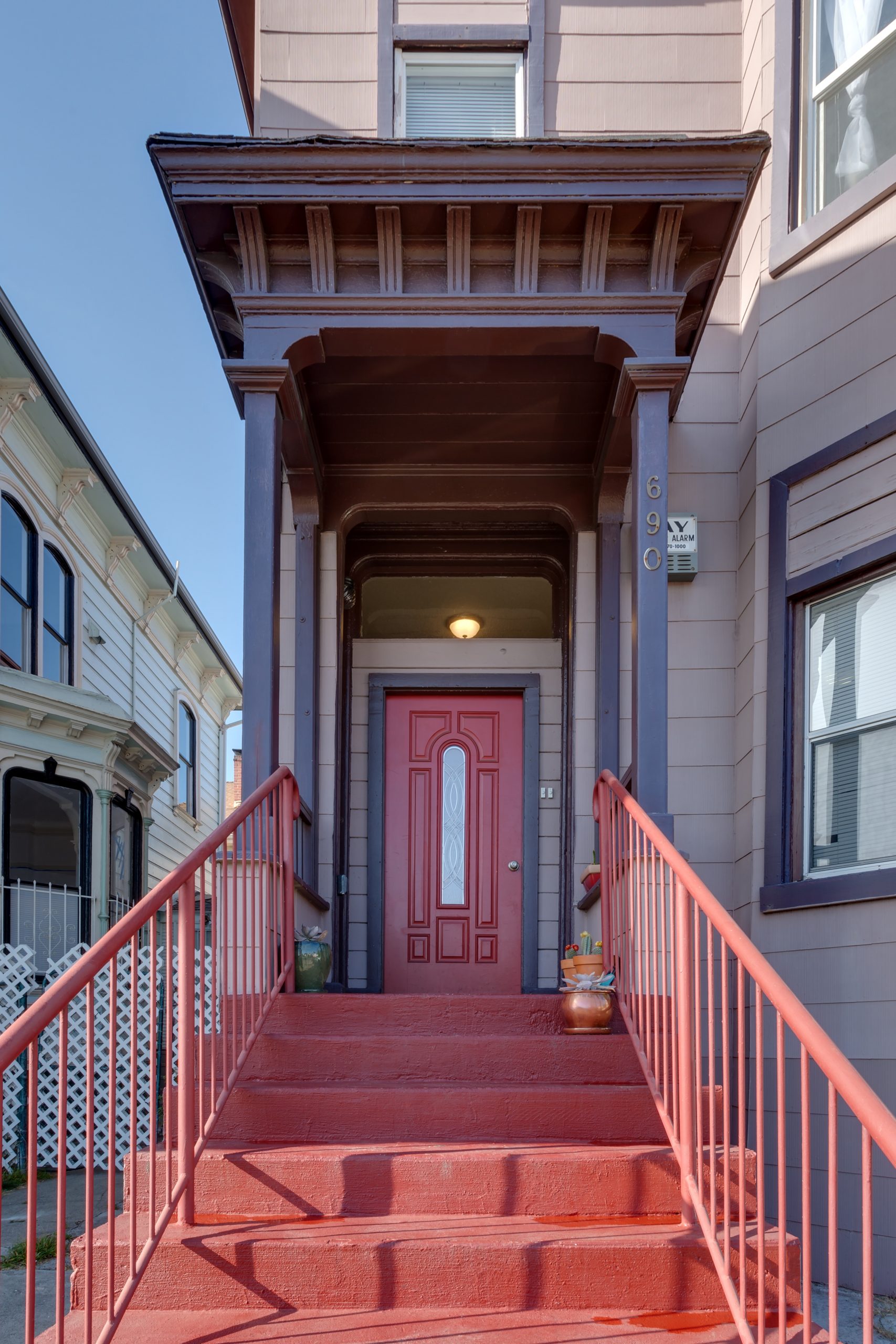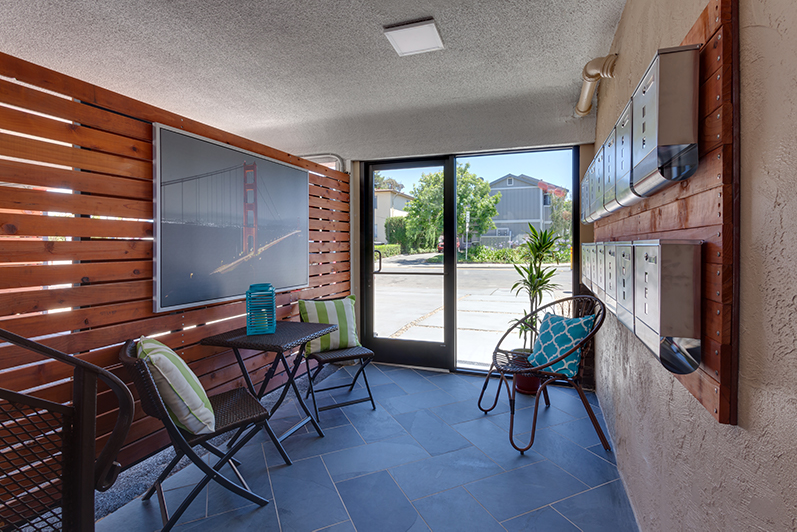Oakland’s Temescal district radiates with energy even at lunchtime on weekdays. Restaurants abound, the area is filled with families and couples at Bakesale Betty and Genova Delicatessen. It was a common sight (until they closed) to see tiny tots playing in the indoor playground at SadieDey’s Café on Telegraph Avenue, while their tattooed parents were texting away.
Most people find that Temescal is a perfect blend of the old and the new. It’s easy to get Berkeley, San Francisco and downtown Oakland, but it has a flavor all its own.
This Old House Magazine has chosen Temescal as one of the 51 best old-house neighborhoods, not without good reason. The place is cool; it has an eclectic mix of shops, classic restaurants, a diverse cultural population and many almost-a- century old bungalows.
New York magazine chose Temescal for the antiquity of the place, especially the 1920s bungalows that have an architectural beauty. Today, people want to be in places that are accessible by foot and public transportation with restaurants and culture. Temescal has it all.
There are a number of events taking place in Temescal on a regular basis, including a Sunday farmers’ market, the annual Temescal Street Fair, an ice-skating event in December and an alfresco film festival in the summer.
Temescal Creek
Jeff Norman the historian wrote a book on North Oakland “Temescal Legacies: Narratives of Changes From a North Oakland Neighborhood”. He referred to Temescal Creek as bordering the Main Land. The Huchiun Indians, the first residents of the area, lived near the creek and up to the Carquinez Strait.
Vicente Peralta, had a land grant from downtown Oakland to the Berkley border near the creek, very near what today is Telegraph avenue. The Lusk Cannery set up operations as early as 1863 near the creek. Today it is the site of the Department of Motor Vehicles building on Claremont Avenue.
University of California at Berkeley
When the University of California moved to Berkeley from Oakland, the street car line was extended down Telegraph to the new University campus to help students commute.
When the University of California banned liquor sales within a mile of campus, many taverns sprouted in Temescal that were accessible from the campus, it was just a stop away on the streetcar line.
Oakland annexed Temescal in 1897. This brought in better police and fire services. After the earthquake in San Francisco in 1906, people moved into Temescal in large numbers. The area was further occupied by northern Italians from San Francisco and became a working-class neighborhood.
Highway 24
When Highway 24 was constructed in the 1960s it was detrimental to the Temescal populace. Houses were demolished and many families were displaced. The transit project had a negative impact on Temescal.
After the World War II, people started settling down in suburbs and Temescal was affordable, attracting a large African American population. When younger professional people moved to Temescal, the commercial area became even more vibrant. The educated lot found Temescal very sophisticated especially with its long history of public reading rooms and libraries since the mid-1880s. The Andrew Carnegie library started in 1918 is still open here.
This entry was posted in Oakland Neighborhoods, Uncategorized · Tagged with oakland restaurants, temescal, temescal district, oakland, andrew carnegie, bake sale betty, bay area, condos, East Bay real estate, home sales, north oakland



